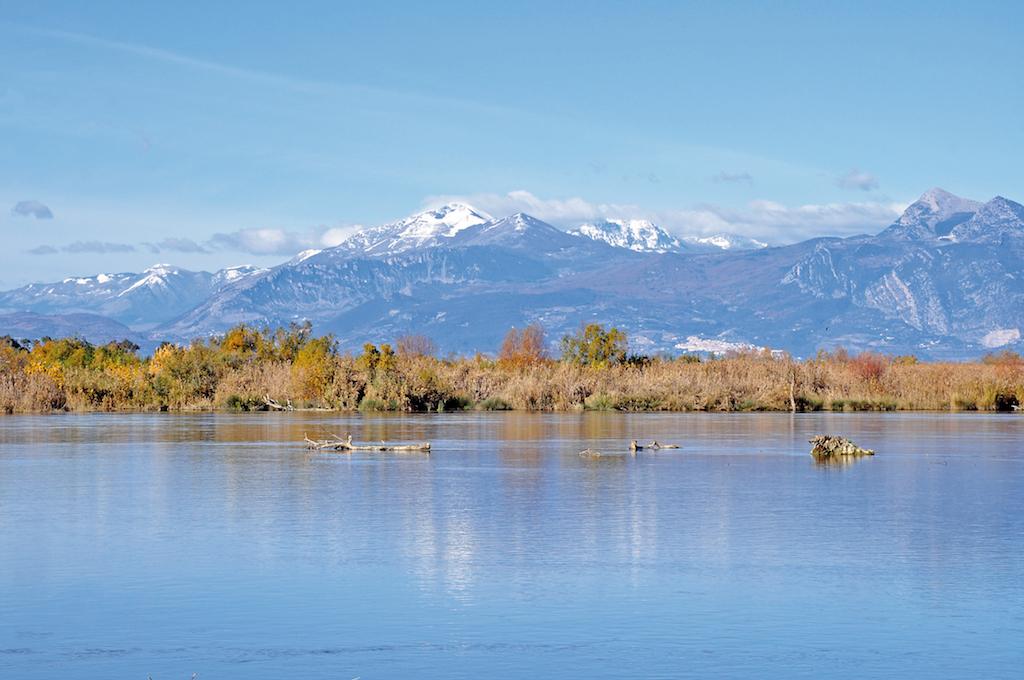MED4EBM in Italy benefits from relevant scientific information for the land management of its pilot area

The Tarsia and Crati Regional Nature Reserves, part of the larger Gulf of Corigliano area that constitutes the Italian pilot area for MED4EBM, have always been active in producing and publishing research and guidelines useful for conservation and sustainable land management. Among the most recent ones, there are the "Handbook on Sustainable Management of Beached Anthropogenic Waste" and "Monitoring of Fauna, Flora and Habitat Species."
The manual on beach litter offers a detailed operational guide for the cleanup and management of beach litter, with the aim of raising awareness on the importance of protecting the special ecosystem of beaches and coastal dunes; as well as being an important educational tool for students and teachers. In addition to the assessment of the environmental impact of beach litter, the research also provides important information on some "wildlife emergencies" in the area, based on which targeted conservation actions can be implemented.
Biodiversity and habitat monitoring of the special areas of conservation of Lake Tarsia and the mouth of the Crati River were carried out within the framework of the European Habitats Directive and made it possible to locate the different types of habitats and identify new ones, 22 habitats of Community interest in total of which 4 are priority. The study, coordinated by the Calabria Region, showed a great variety of fauna, specifically 51 percent of mammals, 45 percent of birds, 55 percent of amphibians and 66 percent of reptiles were surveyed among those included in the monitoring protocol of the Calabrian Natura 2000 Network.
With the variety of this information, the two literature resources come at the right time for MED4EBM Project, while working on the cause effect analysis and developing governance protocols. The two resources give insight on more effective management of natural resources that can be adopted, while at the same time ensuring greater attention and care for the surrounding environment by adopting best strategies for managing the land and its flora and fauna.









